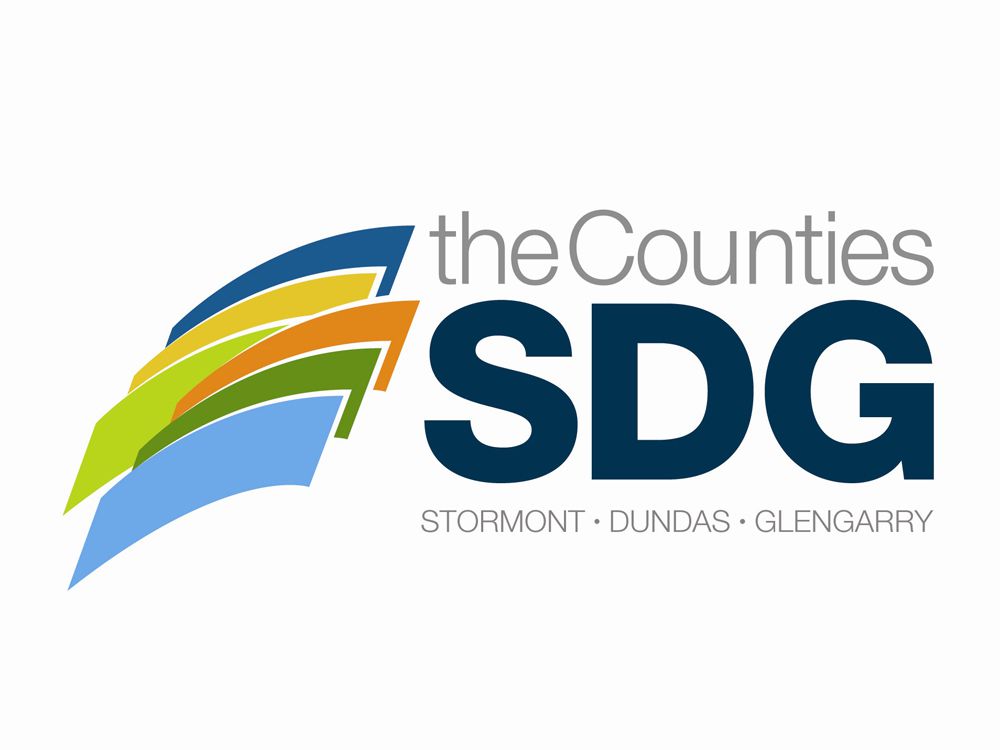CORNWALL, Ontario – County road signs will stop disappearing after the issue was brought up at the May 17 SDG County Council meeting.
Councillor Steven Byvelds (South Dundas) asked about disappearing advance signage along County Road 2 after the concern was raised to him by a resident.
“Those old highways are Class Two roads or better,” Byvelds said.
The signs are a holdover on certain county roads that were downloaded by the province in the late 1990’s. These include County Roads 2, 31, 43 and 34, which are considered major arterial roads in SDG.
Advance notification signs on provincial highways are normal, but not on county roads. As the existing advance signs in SDG need replacing, the county is removing the signs.
“I think the signage should have stayed, there’s safety reasons for it,” Byvelds continued. “I think you can extrapolate all you want and say you want to run the counties all the same, but for some roads you don’t need to have as much signage as you do others.”
Byvelds said his other challenge with the sign issue is that staff did not tell County Council this direction was taken.
“As much as we do trust staff to do a lot of work, this is something that if they want to do things, coming to county council at least letting us know what is going on and we can have a discussion,” Byvelds said. “If all a sudden things disappear and people start questioning us, they’re wondering who’s running the show.”
Transporation and Planning Director Ben deHaan defended the action citing the provincial road sign standards.
“We genuinely perceive this to be an operational efficiency and how roads are signed is really dictated based on the Ontario Traffic Manual,” deHaan said, describing the former provincial highway signage as “just above and beyond.”
He went on to explain that as advance signage is at the end of its life-cycle, the sign is removed and not replaced. The move is an “operational efficiency” for the department.
“It costs extra money for taxpayers if we’re putting up extra posts with signs that are in advance of the intersection.”
deHaan explained the move was not intended to be underhanded or usurp council authority.
“There was no guiding policy that dictated how those roads were to be signed,” he said. “We were following the provincial guidelines.”
Councillor Allan Armstrong (North Dundas) agreed with Byvelds’ points on the signage.
“I understand continuity,” Armstrong said. “But perhaps the continuity could be that we keep [the signs] wherever they are and replace them.”
He questioned how much money the TPS department could actually be saving year-over-year in replacing signs.
“We’re not trying to make anywhere in SD&G harder to find,” Armstrong said. “Anything that indicates to me that the road that I’m looking for is upcoming is a boon to any road that I’m on.”
Councillor Frank Landry (North Stormont) offered a different view on the need for as much signage saying that with technology, people don’t look at signs.
Council directed deHaan to draft a policy for dealing with road sign removal and replacement, to be brought back for review at the June 21 regular council meeting. Staff was also told to stop removing any more signs until the new policy was approved.
This article was originally written for and appeared in The Morrisburg Leader.




